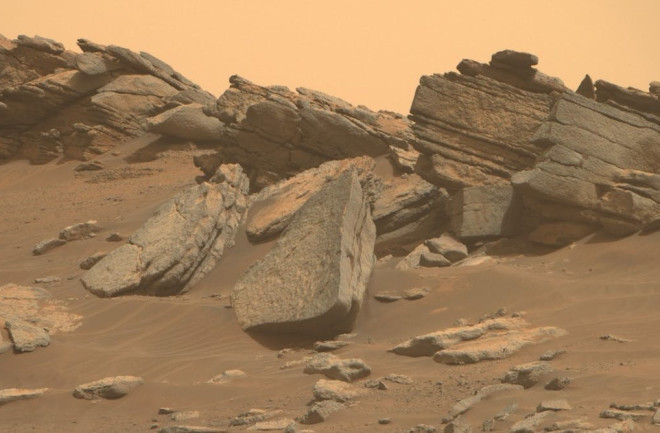Is or was there life on Mars? That profound question is so complex that it will not be fully answered by the two NASA rovers now exploring it.
But because of the literal groundwork the rovers are performing, scientists are finally investigating, in-depth and in unprecedented detail, the planet’s evidence for life, known as its “biosignatures.” This search is remarkably complicated, and in the case of Mars, it is spanning decades.
As a geologist, I have had the extraordinary opportunity to work on both the Curiosity and Perseverance rover missions. Yet as much as scientists are learning from them, it will take another robotic mission to figure out if Mars has ever hosted life. That mission will bring Martian rocks back to Earth for analysis. Then – hopefully – we will have an answer.

